Home>Ideas and Tips>Home Office Air Quality Improvement: Productive Work Environment


Ideas and Tips
Home Office Air Quality Improvement: Productive Work Environment
Published: September 2, 2024
Improve your home office air quality for a healthier, more productive work environment. Discover practical tips to boost indoor air quality and enhance productivity.
(Many of the links in this article redirect to a specific reviewed product. Your purchase of these products through affiliate links helps to generate commission for Storables.com, at no extra cost. Learn more)
In today's digital age, the concept of a traditional office has evolved significantly. With the rise of remote work and home offices, maintaining a healthy and productive workspace has become more crucial than ever. One often overlooked yet critical aspect of creating an efficient home office environment is indoor air quality (IAQ). Poor IAQ can lead to a host of issues, including headaches, fatigue, and decreased cognitive function, ultimately affecting overall productivity. So, why is air quality important for your home office? Let's dive in and find out.
Why is Air Quality Important for Your Home Office?
Air quality is not just about comfort; it directly impacts your overall health and productivity. Indoor air pollutants can be two to five times higher indoors than outdoors, according to the Environmental Protection Agency (EPA). These pollutants include particulate matter (PM), volatile organic compounds (VOCs), carbon dioxide (CO2), and biological matter such as viruses and bacteria. Poor air quality can lead to headaches, fatigue, poor motivation, and even long-term health issues like chronic obstructive pulmonary disease (COPD) or allergies and asthma.
Moreover, good air quality is linked to improved cognitive function. A study from the Harvard School of Public Health found that people working in well-ventilated offices with low levels of pollutants have double the cognitive function of those in offices with average levels of exactly the same pollutants. This underscores the importance of maintaining a clean and healthy indoor environment.
The Impact of Poor Air Quality on Productivity
Poor indoor air quality can significantly decrease productivity. A study published in the journal Environmental Health Perspectives found that poor indoor air quality can reduce productivity by up to 6-9%. This decrease in productivity is not just due to discomfort but also due to subclinical symptoms such as headaches and fatigue that can distract employees and reduce their performance.
Strategies for Improving Indoor Air Quality
Improving indoor air quality in your home office is a multi-faceted approach that involves several strategies:
1. Practice Good HVAC Maintenance
The HVAC system plays a critical role in maintaining indoor air quality. It removes three core types of air pollution: particulate, gaseous, and biological matter. Employers must ensure their HVAC systems are in pristine condition throughout the year. This includes:
- Regular Filter Changes: Change filters every three months to prevent particulate matter from accumulating.
- HVAC Inspections: Hire an HVAC inspector to check the system periodically for potential hazards like mold or debris buildup.
- Maintenance Schedules: Create a schedule for routine maintenance tasks to ensure the system operates efficiently.
Read more: How Home Improvement Loans Work
2. Increase IAQ Visibility
Detecting indoor air pollution is a significant challenge because most pollutants are not visible to the naked eye. IoT sensors can help increase the visibility of air pollution by autonomously monitoring indoor air quality throughout the office. These sensors provide real-time data that can be viewed in an app, allowing managers to direct their efforts toward specific challenges present in their workplace.
3. Manage Moisture and Humidity
High humidity can complicate existing temperature discomfort and potentially create biological air pollution in the form of mold or fungus. Managing moisture levels is crucial:
- Ventilation Maintenance: Ensure good ventilation maintenance to help the HVAC system manage humidity efficiently.
- Regular Building Maintenance: Regularly check the office building for moisture leaks through the roof, building envelope, or plumbing.
- Fans and Open Windows: Use fans and open windows to reduce indoor moisture levels.
Practical Strategies for Improving Air Quality
- Air Purifiers: Your Silent Guardians
Investing in a high-quality air purifier can make a remarkable difference in your home office setup. Air purifiers with HEPA filters can filter out pollutants like dust, allergens, pollens, animal dander, and harmful chemicals. Ensure that the air purifier is suitable for the size of your workspace for optimal results.
- Indoor Plants: The Natural Air Cleansers
Indoor plants not only add aesthetic charm to your home office but also act as natural air purifiers. Plants like Dracaena (Corn Plants), Spathiphyllum (Peace Lily), and all palms have been shown to reduce indoor pollutants. Incorporating plants into your workspace can enhance air quality naturally.
- Proper Ventilation: Open Windows and Entryways
One of the simplest ways to improve air quality is to ensure proper ventilation. Frequently opening windows and entryways allows fresh outdoor air to circulate through your workspace, diluting indoor pollutants and maintaining an optimal oxygen level. This helps boost cognitive abilities and overall focus.
- Visible IAQ Monitors
Strive to meet RESET™ Air Certification standards for indoor air quality by using an expanded thermostat that reads particulate matter (PM2.5), volatile organic compounds (VOCs), carbon dioxide (CO2), and temperature and humidity. Locate the monitor where people gather or where individuals go to concentrate. Confirm that the indicator reads real-time air quality and stores data, making it available via a dashboard or phone app.
- Clean the Air
Invest in an air purifier that will circulate indoor air through filters to clean it. Boost purification by bringing outside air in and adding plants that create oxygen and reduce indoor pollutants. Install pollution-trapping entryway mats and use nontoxic paints and cleaning supplies to keep indoor air clean.
Case Studies: The Impact of Improved Air Quality
Several case studies highlight the significant impact of improved air quality on productivity and overall well-being:
- Porter Ranch Gas Leak Study
In 2015, a gas leak alarm caused every school within five miles to install air filters in all classrooms, offices, and common areas. Before the gas leak, schools conducted academic testing, which provided a baseline for the study. After the air filter installation and subsequent academic testing, student test scores showed significant improvement. This study demonstrates how improved air quality can lead to better academic performance.
- Field Intervention Experiments
Field intervention experiments carried out in call-centers in northern Europe and the Tropics validated the prediction that performance of real office work would be significantly affected by changes in indoor environmental quality. These findings have far-reaching implications for efficient use of energy in buildings.
Conclusion
Creating a productive work environment in your home office involves more than just ergonomic furniture and quality technology; it also requires attention to indoor air quality. Poor IAQ can lead to decreased productivity and overall well-being. By practicing good HVAC maintenance, increasing IAQ visibility through IoT sensors, managing moisture and humidity levels, using practical strategies like air purifiers and indoor plants, and ensuring proper ventilation, you can significantly improve your home office's air quality.
Incorporating these strategies will not only enhance your comfort but also boost your cognitive function and overall productivity. Remember that maintaining clean and healthy indoor air is essential for creating an optimal workspace that supports your success.
By taking the first step towards a healthier and more productive home office today by ensuring the air you breathe is as clean and refreshing as possible, you can breathe easy and work efficiently from home.
Was this page helpful?
At Storables.com, we guarantee accurate and reliable information. Our content, validated by Expert Board Contributors, is crafted following stringent Editorial Policies. We're committed to providing you with well-researched, expert-backed insights for all your informational needs.




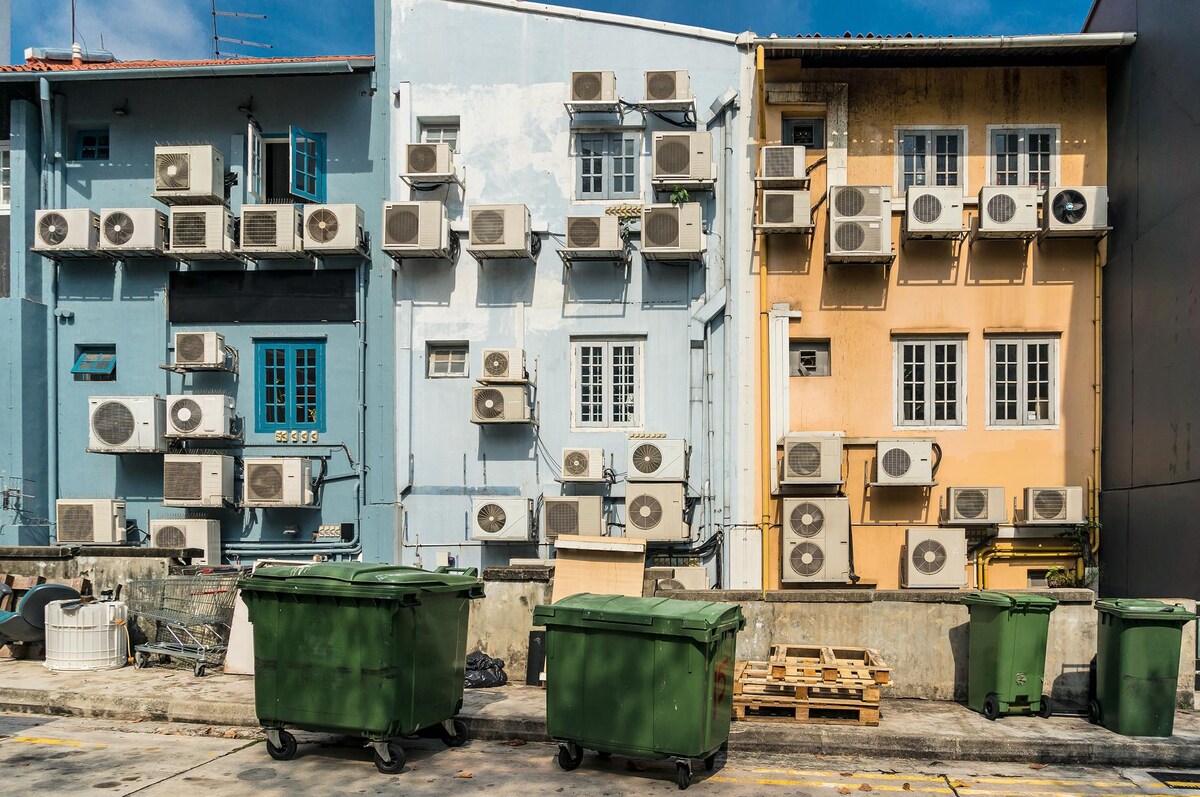
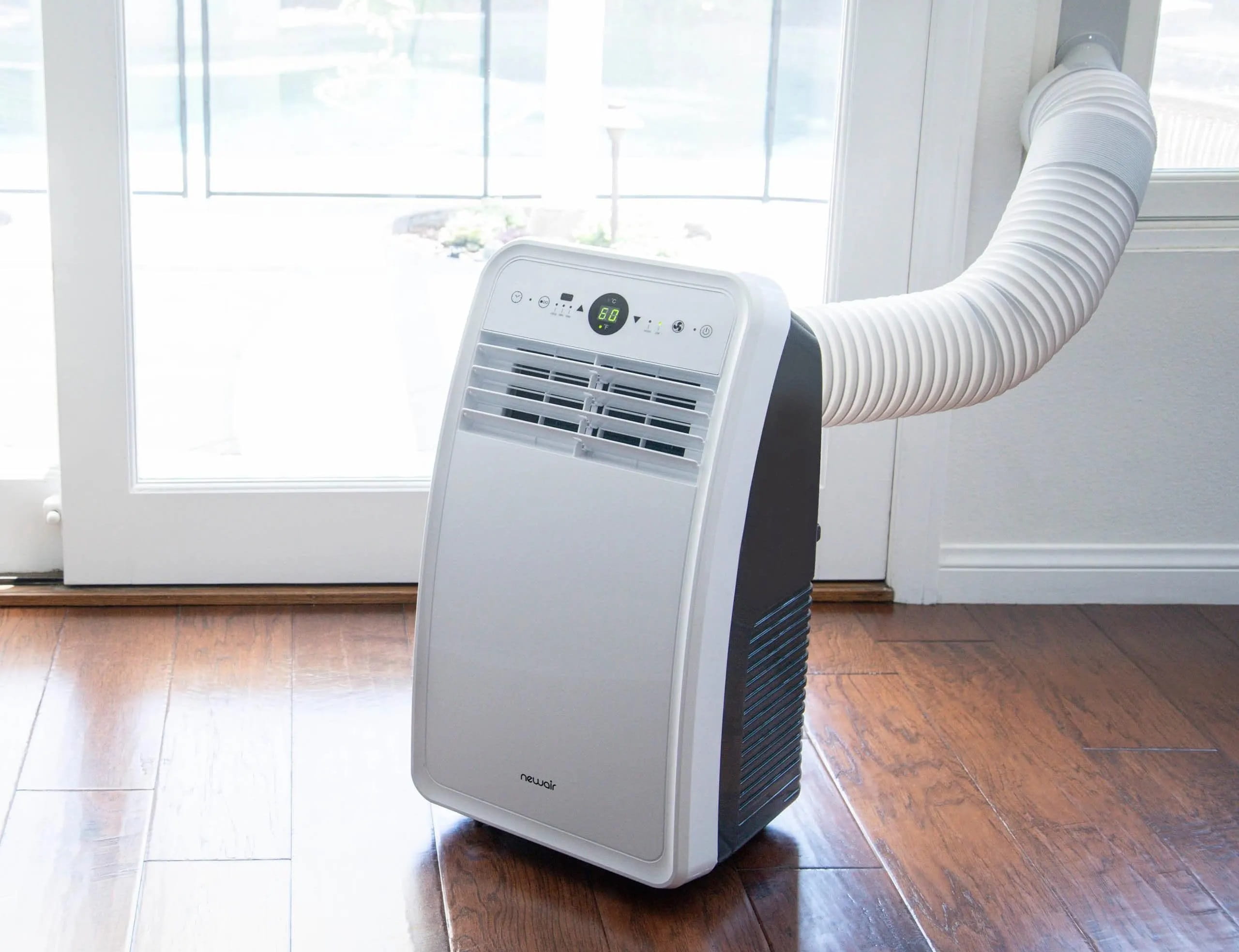
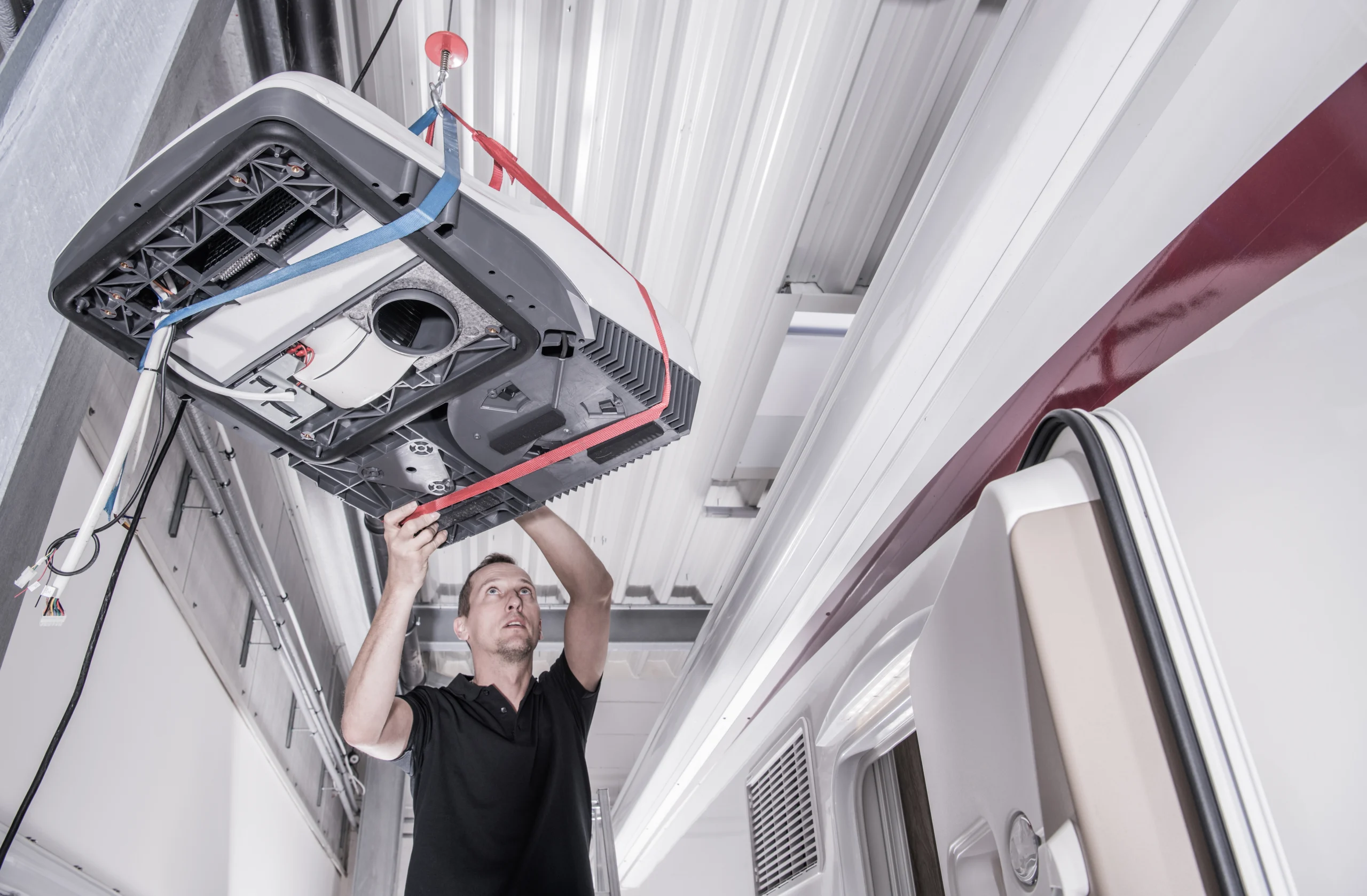
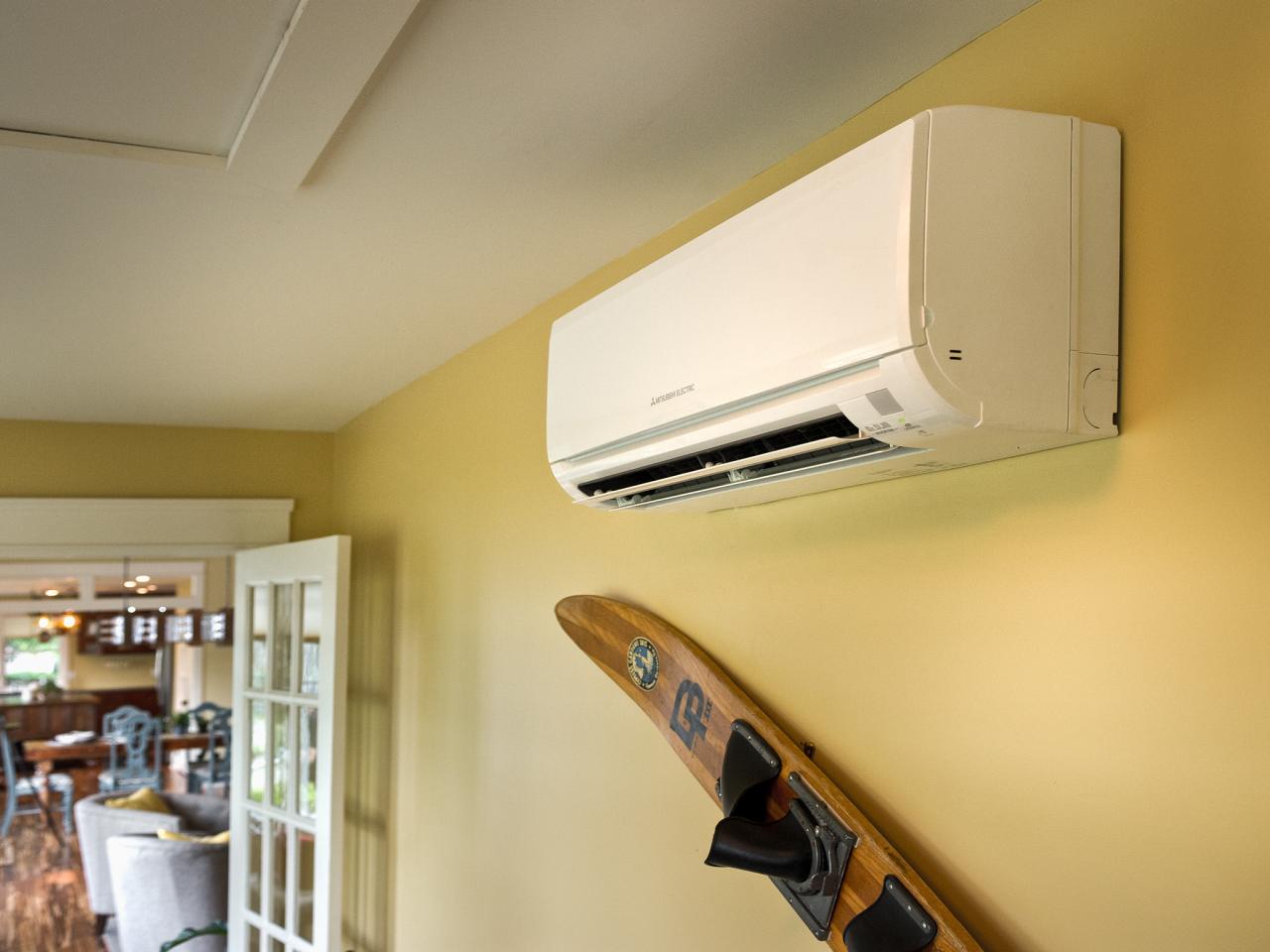


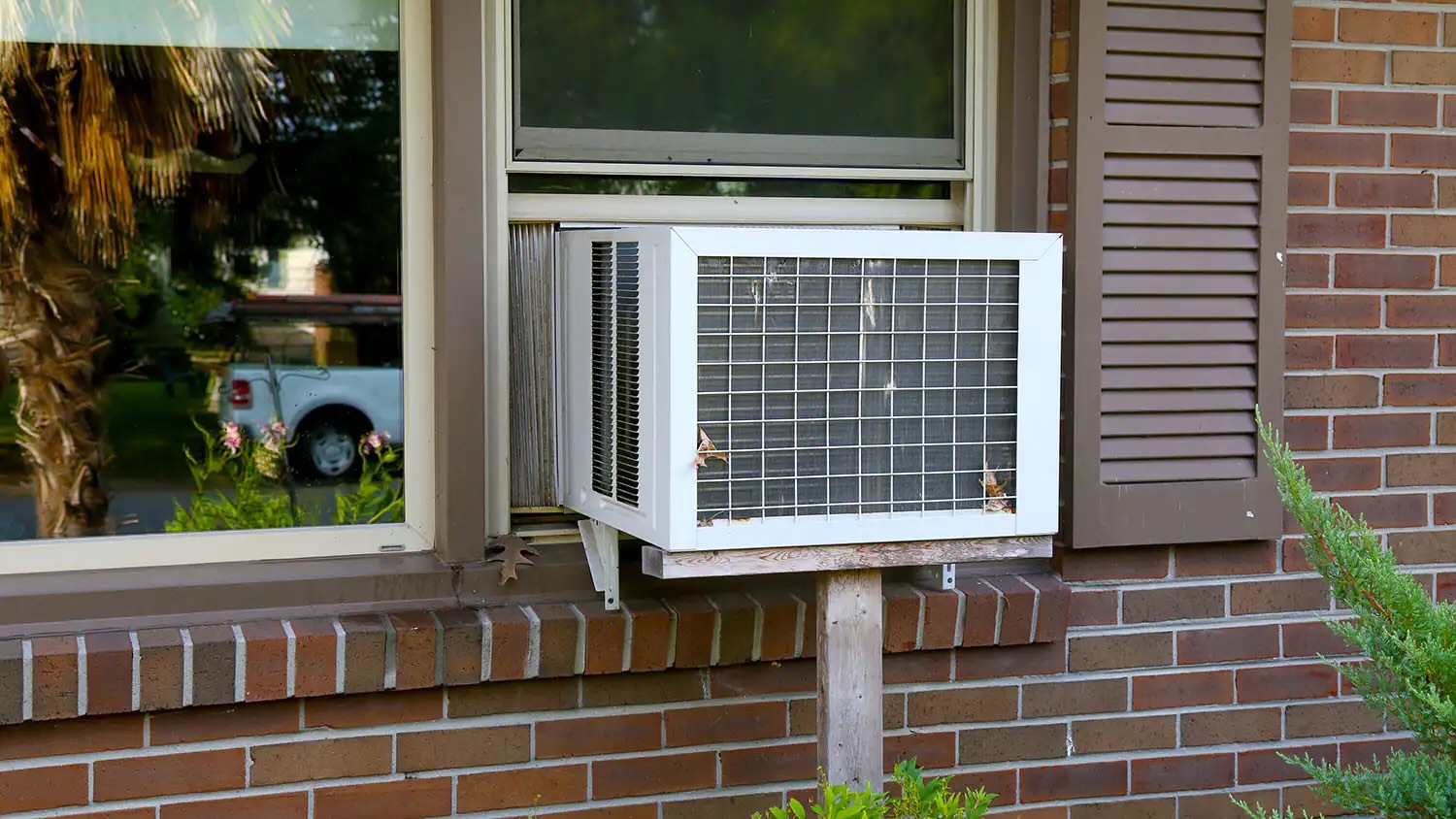
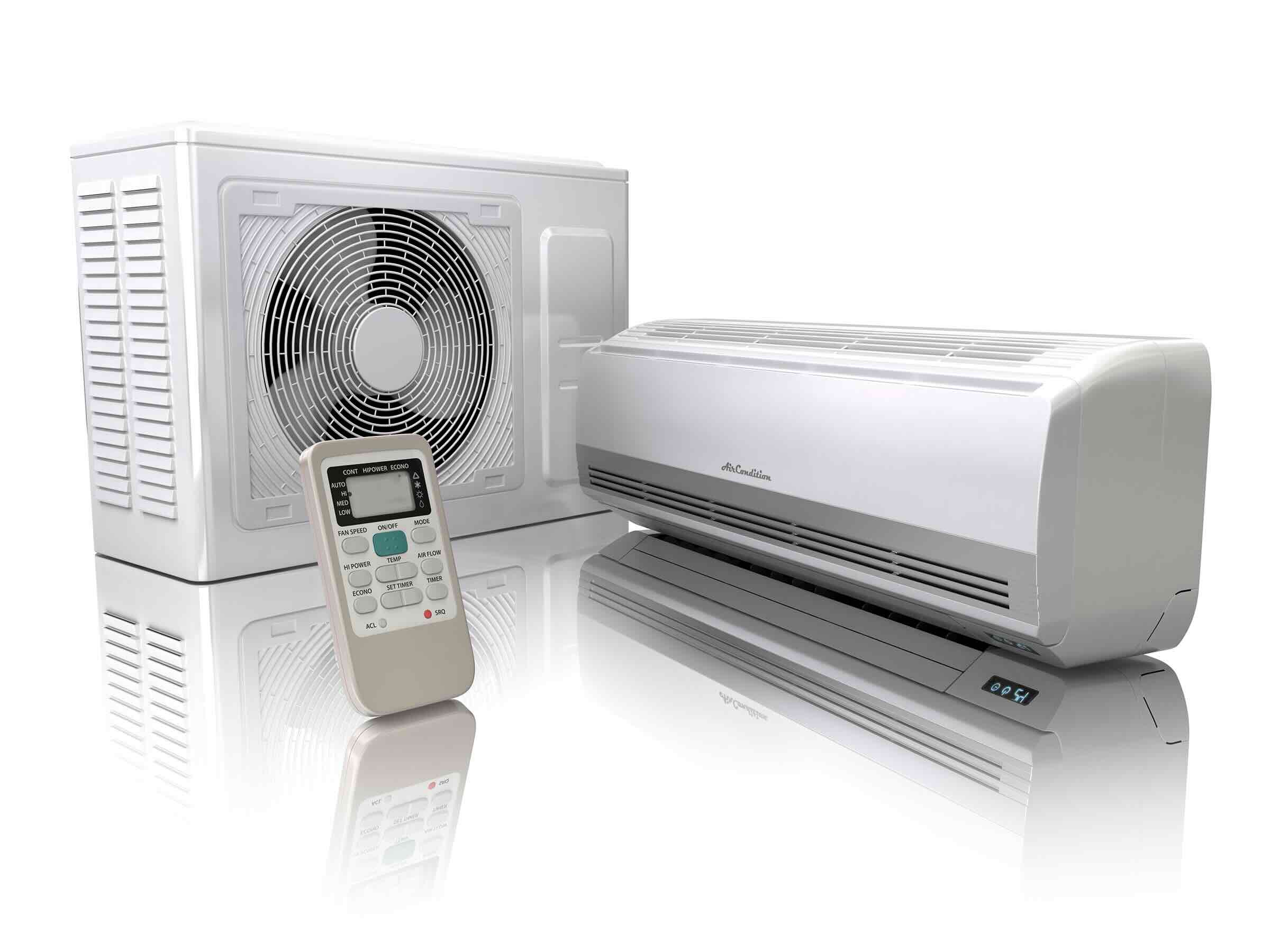

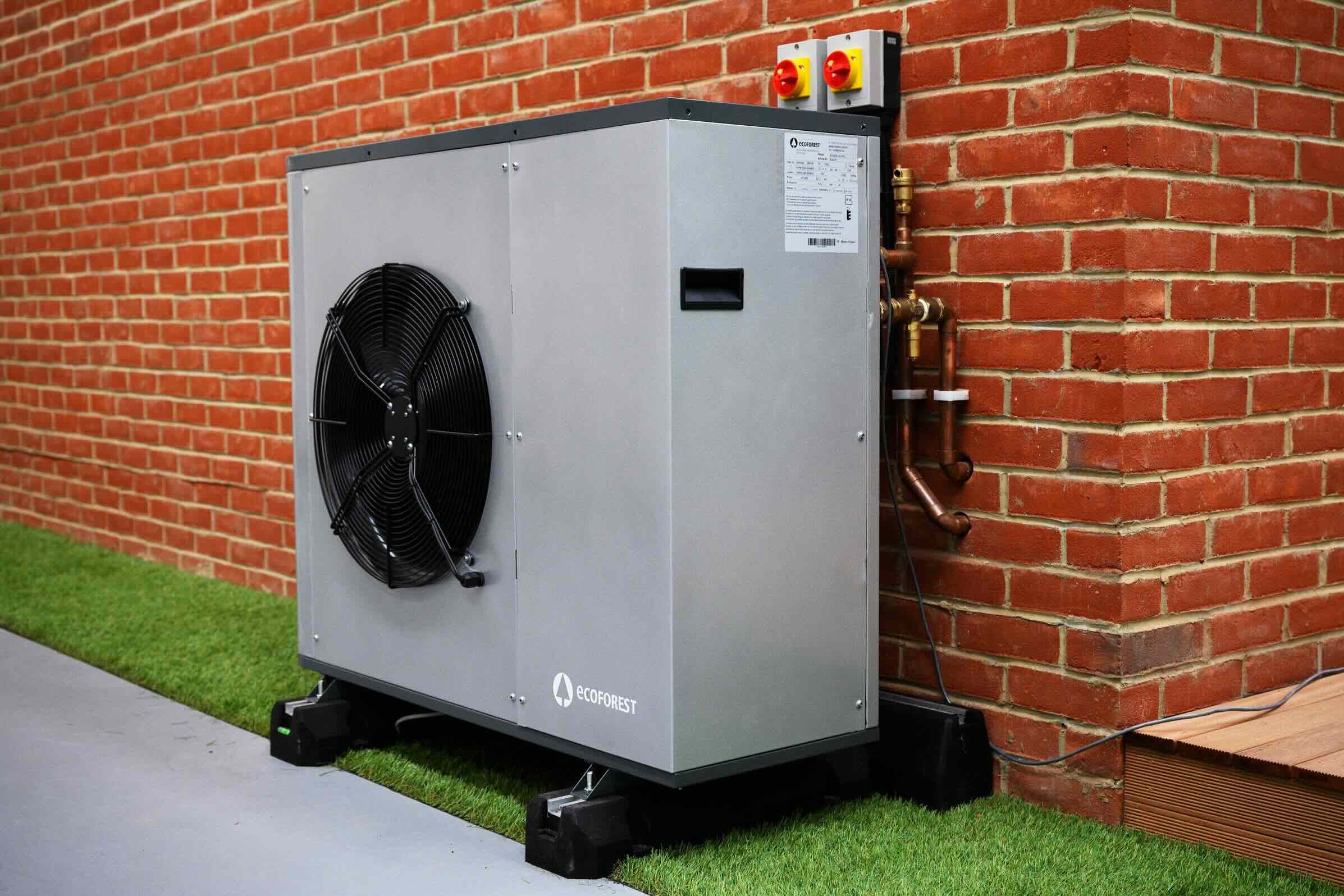
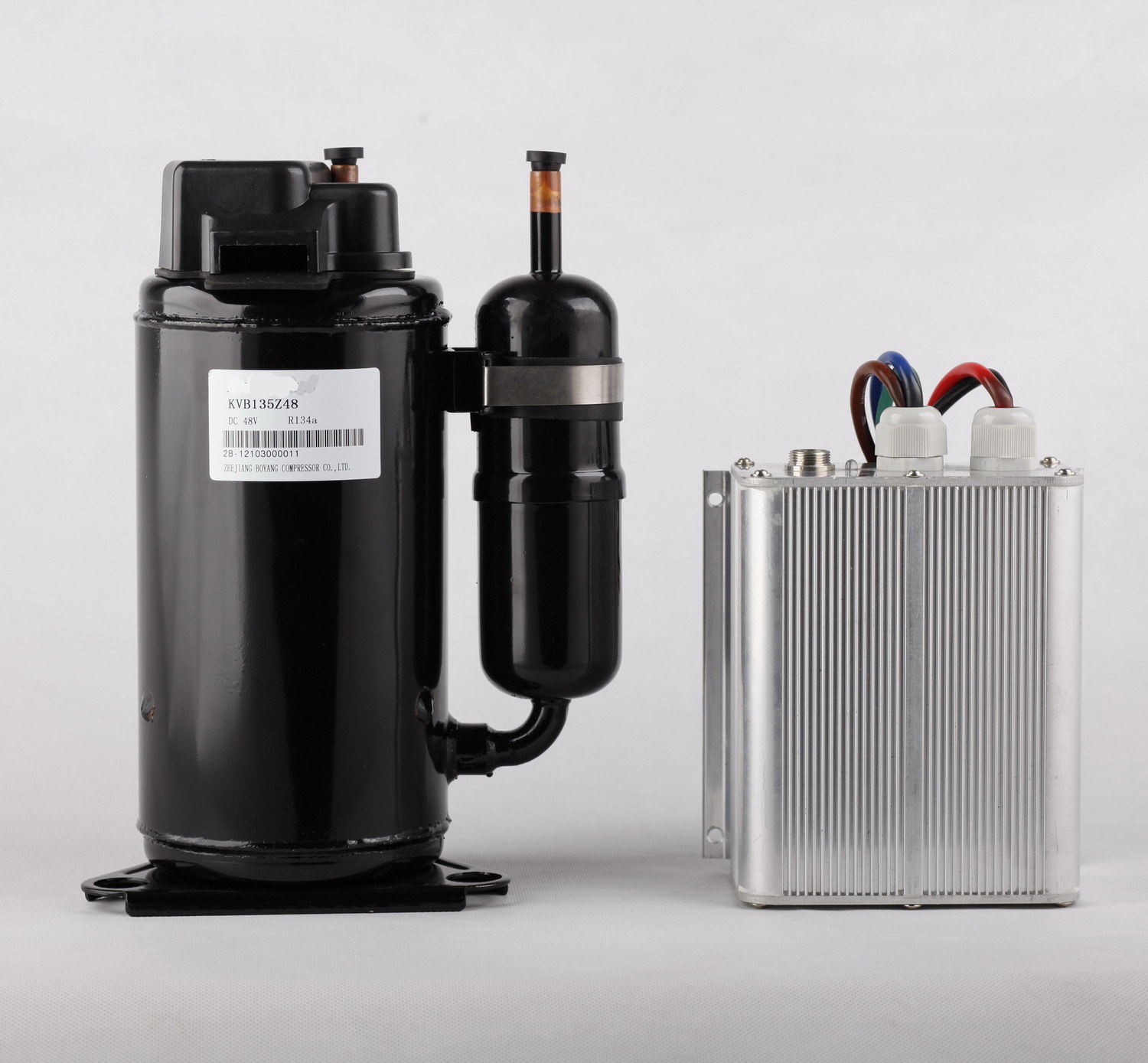

0 thoughts on “Home Office Air Quality Improvement: Productive Work Environment”